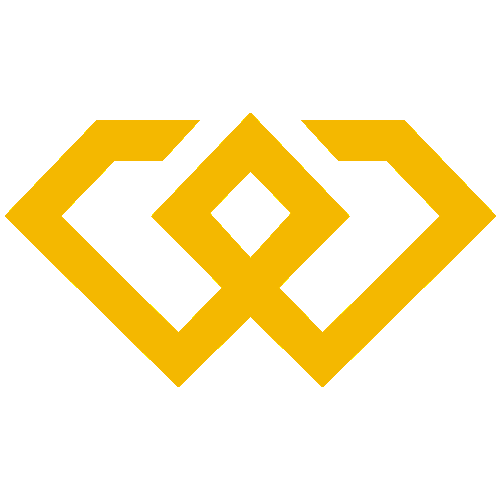
OSOL
项目开始时间

2025年1月29日
关于
Background IntroductionOSoL.AI is a decentralized AI and blockchain platform focused on creating an open ecosystem for AI model training and data sharing. The platform leverages blockchain technology to incentivize data contributors and computational resource providers, aiming to democratize access to AI development tools. According to its website, the project is backed by a team with expertise in AI, cryptography, and decentralized systems, though specific team members are not prominently disclosed.Website Core ContentThe website highlights three main aspects: 1) Decentralized AI Marketplace: A platform for trading AI models and datasets; 2) Compute Sharing: A network for distributed GPU resources; 3) Token Utility: Native token integration across the ecosystem. Key claims include "50% faster model training times" and "community-governed AI development". The whitepaper link is provided but lacks detailed technical documentation.Technical FeaturesThe platform's architecture consists of: 1) Federated Learning Framework: Enables privacy-preserving model training; 2) Proof-of-Compute: A novel consensus mechanism for verifying computational work; 3) Interoperability Layer: Supports integration with Ethereum and IPFS. Technical advantages include end-to-end encrypted data pipelines and adaptive resource allocation algorithms, though no independent benchmarks are provided.Token EconomicsThe OSO token serves three primary functions: 1) Payment: For accessing AI services and datasets; 2) Staking: Earn rewards by providing compute resources (15-20% APY); 3) Governance: Voting on platform upgrades. The tokenomics feature a capped supply of 1 billion tokens with 20% allocated to ecosystem development, but vesting schedules for team tokens remain unspecified.Competitor ComparisonComparative analysis shows: 1) Versus Ocean Protocol: Focuses more on computational resources than pure data markets; 2) Against Gensyn: Offers broader AI framework support but less specialized in deep learning; 3) Compared to SingularityNET: More infrastructure-oriented than AGI-focused. The project positions itself in the mid-tier valuation range of AI+crypto projects.Risks And ChallengesKey risk factors include: 1) Regulatory uncertainty around AI data markets; 2) Technical complexity of federated learning at scale; 3) Adoption barriers for traditional AI developers. Operational challenges involve dependence on quality data contributors and competition from centralized AI clouds.Industry FutureThe roadmap outlines: 1) Q3 2023 testnet launch; 2) Q1 2024 mainnet release; 3) 2025 cross-chain expansion. Notable gaps include no clear differentiation from existing AI APIs, unverified performance claims, and lack of enterprise partnerships.ConclusionOverall assessment: Team potential (7/10) based on described but unnamed expertise; Technical ambition (8/10) with innovative but unproven concepts; Market fit (6/10) in a crowded sector. Recommendation: Consider as a speculative allocation (2-4% portfolio), monitoring testnet participation metrics and developer adoption rates as key indicators. 更多>





















 看多
看多
 看空
看空